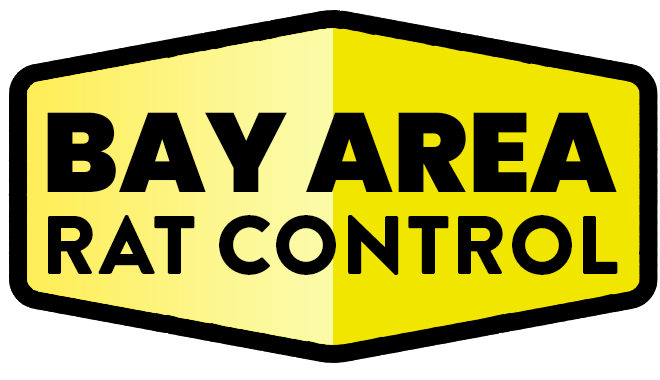Opening Thoughts
Effective rat control begins with proper species identification. Not all rats are the same, and understanding the differences between species can make or break your pest management strategy. This article focuses on the most common rat species in urban environments, their unique characteristics, and the tailored approaches needed to manage them effectively.
Common Rat Species in Urban Areas
1. Norway Rat (Rattus norvegicus)
- Physical Characteristics:
- Larger body size, averaging 7-9.5 inches long.
- Brown or gray fur with a lighter underside.
- Small ears and a blunt nose.
- Behavior:
- Excellent burrowers; often found in basements, sewers, and ground-level locations.
- Prefers protein-rich foods but will eat almost anything.
- Key Signs:
- Burrows in soil or near foundations.
- Larger droppings, about ¾ inch long.
- Control Tips:
- Seal ground-level entry points.
- Use bait stations near burrow entrances.
2. Roof Rat (Rattus rattus)
- Physical Characteristics:
- Slimmer build, measuring 6-8 inches long.
- Black or dark brown fur with a lighter belly.
- Large ears and a pointed nose.
- Behavior:
- Skilled climbers; commonly found in attics, trees, and roofs.
- Prefers fruits, seeds, and nuts.
- Key Signs:
- Droppings in high places, smaller than those of Norway rats.
- Greasy marks along rooflines or tree branches.
- Control Tips:
- Trim tree branches away from structures.
- Place traps and bait stations in elevated locations.
3. Wood Rat (Neotoma spp.)
- Physical Characteristics:
- Medium-sized, about 6-8 inches long.
- Brown or gray fur with large eyes and ears.
- Behavior:
- Known as “pack rats” for their tendency to hoard shiny objects.
- Found in wooded areas or rural outskirts but can invade urban spaces.
- Key Signs:
- Nests made from twigs, debris, and collected items.
- Trails of droppings leading to nests.
- Control Tips:
- Remove debris and clutter from around the property.
- Focus on exclusion methods to prevent entry.
Importance of Species Identification
1. Targeted Control Measures
- Knowing the species allows for tailored interventions, ensuring higher success rates. For instance, roof rats require elevated traps, while Norway rats need ground-level strategies.
2. Predicting Behavior
- Different species exhibit distinct behaviors, such as climbing or burrowing, which dictate where to place traps and bait stations.
3. Understanding Habitat Preferences
- Identifying the species helps locate nests and entry points, saving time and resources in pest control efforts.
Tools for Identifying Rat Species
1. Visual Inspection
- Examine size, color, and tail length compared to body size.
- Observe droppings for size and shape variations.
2. Monitoring Technology
- Use motion-sensor cameras in suspected areas.
- Employ smart traps that record rodent activity.
3. Consulting Professionals
- Pest control experts can identify species through site assessments and provide tailored solutions.
Final Thoughts
Accurate rat species identification is a cornerstone of effective pest control. By understanding the unique traits of each species, you can implement targeted strategies that save time, resources, and frustration. Whether you’re dealing with the burrowing Norway rat, the climbing roof rat, or the hoarding wood rat, knowledge is your most powerful tool.
Relevant Links/Sources:
Identification of Common Rat Species – Orkin
Rat Species Guide – PestWorld
Characteristics of Urban Rats – EPA
